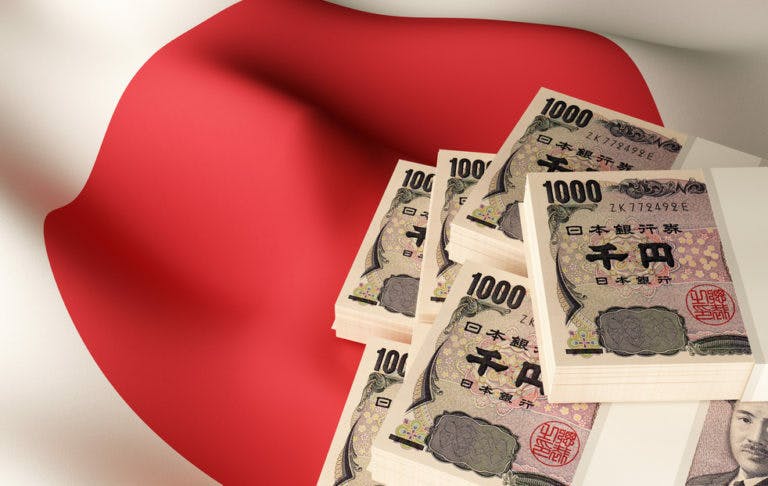IIUSA tells us that while Japanese immigration to the U.S. is very strong, the country’s activity in EB-5 has historically been limited. But the numbers are increasing, with a 78% jump from 2017 to 2018. More high-net-worth Japanese nationals might now leave their traditionally safe and attractive country for the U.S. via EB-5.
Strong historic ties
The Japanese-American relationship has long been strong on economic and social fronts, and that’s why the U.S. has more Japanese citizens than any nation outside Japan. The abundance of Japanese multinational businesses is a big reason why. So why were there only 37 Japanese EB5 investors in 2017?
How Japan is different from other countries
Unlike many countries that attract EB-5 interest, Japan doesn’t struggle with the political, economic or social problems that drive immigrants from other nations to seek the freedom and prosperity of the U.S. But Yayoi Ashikaga, managing partner of a visa consulting firm in Japan, says that there has been a recent trend of Japanese high net-worth individuals (HNWI) leaving the land of the rising sun. Typically, however, many of these business people have chosen neighbouring nations as their new home. And Japanese immigrants have usually used other visa categories other than EB-5. Ashikaga thinks that one big reason why may be that the EB5 investment program is not well known in her country.
A taxing burden: Why affluent Japanese are leaving
But she also believes that this dearth of EB-5 interest in Japan has the potential to change. To understand why, we must start with the issues important to Japanese high net-worth individuals. Japan is the third largest economy in the world and boasts the second-highest number of HNWI. So why would they leave a safe and strong economy? Recent tax reform is one big answer. Specifically, Japan has the highest inheritance tax in the world. Conversely, the U.S. has the lowest inheritance tax of advanced countries. Notably, the Japanese inheritance and gift taxes still apply for 10 years to nationals who become tax residents of new countries.
Aloha: Hawaii is the preferred U.S. place for Japanese
With strong business ties and a large Japanese population, the U.S. can be an attractive destination for many migrating Japanese business people. In particular, Hawaii, is the destination of choice for many Japanese, with 1.58 million Japanese visitors in 2017 — more than from any other foreign country. Japanese also ranked second in the world when it comes to foreigners buying Hawaii real estate.
E-2 vs. EB-5 for Japanese: education must bridge the gap
But many of the Japanese in Hawaii, and other U.S. destinations, are E-2 visa holders, and not EB-5 investors. Why is that the case? Ashikaga posits that most Japanese in the U.S. still have businesses in their home country and “wish to maintain a dual lifestyle between the two countries and the E-2 visa gives them that flexibility.” She does state that for those Japanese wishing to retire EB-5 is the answer.As Japanese knowledge of EB-5 is very limited, especially for those who would transition from an E-2 visa, education is the answer for growing EB-5 interest with Japanese nationals.
Children are the future for Japanese EB-5 growth
Many Japanese high net-worth families send their children to universities outside of their home country, but for those whose children study in the U.S. most Japanese are familiar with only the F1 or “student” visa. And most of these families are not aware of the challenges of getting an H1B visa after the F1 expires — to allow the graduating children to stay in the U.S. to work. Thus, the message to give Japanese high net-worth individuals is this: the U.S. immigrant investor program is the answer for your children to work and live long-term in the U.S.Another challenge that Ashikaga says U.S. EB-5 stakeholders must face is educating Japanese about the EB5 Green Card processing time and process — from investment, to conditional permanent residency to the removal of conditions and the return of the investment capital.
Opportunity knocks
Challenges exist to grow EB 5 immigration interest in Japan: within that nation, there are few immigration agents or EB5 regional centers to promote the EB-5 program. But these issues are also opportunities and Ashikaga opines, “It may take time to raise awareness in Japan, but it may be well worth the work.” She sees IIUSA, the industry’s leading not-for-profit membership association, as well-positioned to provide education and business opportunities for regional centers and migration consultants.It’s now up to EB-5 stakeholders to rise to the challenge and tap a large but neglected market of wealthy business people eager to live and work in America.Read the IIUSA story "Japan: Cultivating a new source of EB-5 investors"



